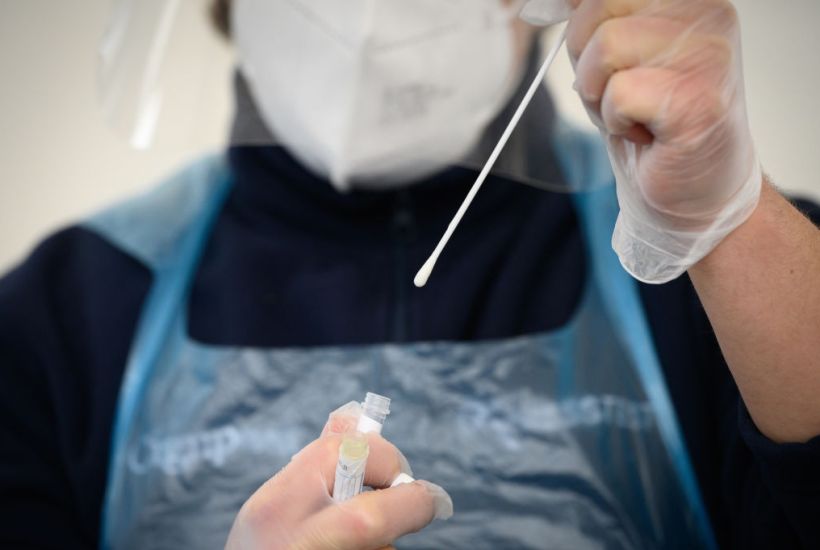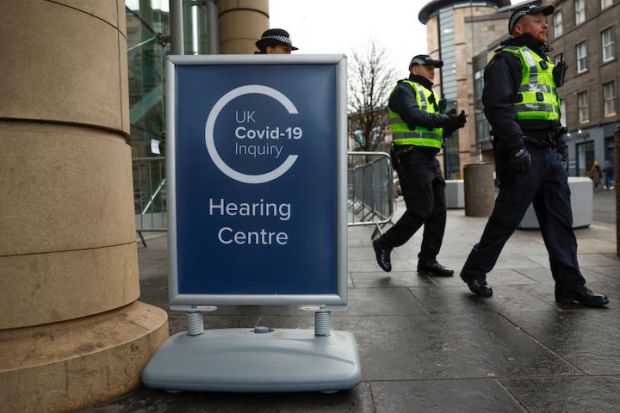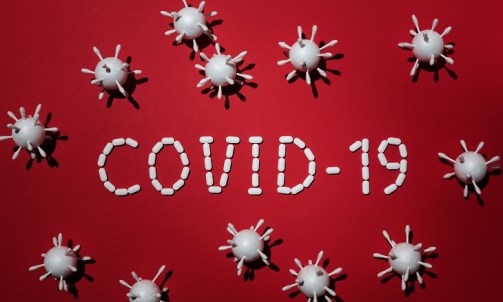Throughout the pandemic doubts have been expressed about the reliability of the polymerase chain reaction (PCR) tests which have been used as the ‘gold standard’ of testing for Covid-19 in Britain and elsewhere. Some of this criticism has centred around alleged quotes from Kary Mullis, the Nobel Prize-winner chemist who invented the PCR test in 1985 and who died in 2019.
Mullis has been said by some to have dismissed the use of the tests for detecting viruses – or more specifically said they cannot be used to detect the presence of ‘free infectious viruses’, although others have saidthe quote did not come from him.
The idea that PCR tests are being misused to diagnose Covid infection, and that they are inflating the level of infection, has been dismissed by many as a conspiracy theory parroted by a political fringe.
But in a letterto the Journal of Infection, a group of scientists from the Universities of Munster and Essen make the case that PCR tests are a poor way of measuring active infection in a population. When used in Germany as a routine test for large numbers of asymptomatic individuals, they say, more than half of all positive tests did not pick up active infections, but detected dead viruses from previous infection.
A PCR test does not detect viruses directly. Rather it identifies fragments of genetic material which could either come from a living or dead virus. In order to aid detection, the test works by amplifying the genetic material in a sample through multiple cycles. The number of amplifications which must be completed before the genetic material can be identified is known as the cycle threshold, or Ct value. The higher the Ct value, the less genetic material from the virus is present. There has been some debate as to what cut-off level of Ct value should be used before declaring a test to be negative.
The German scientists looked at the use of PCR tests in the city of Munster during three phases of 2020: during the first wave in the spring, during the summer when the tests were being performed on large numbers of travellers returning from abroad, and in the second wave during the autumn. Of 162,457 tests performed, 4,164 had been declared to be positive. However, the researchers argue, not all of these people would have been infectious. They found that during the first phase, the average Ct value of a ‘positive’ test was 27.8, growing to 28.8 in the second phase of testing and falling back to 26.6 in the third phase. During the first phase 26.5 per cent of ‘positive’ tests had a Ct value of under 25, rising to 26.9 in the second phase and rising again to 39.5 in the third phase of testing.
They conclude:
‘In light of our findings that more than half of individuals with positive PCR test results are unlikely to have been infectious, RT-PCR test positivity should not be taken as an accurate measure of infectious SARS-CoV-2 incidence. Our results confirm the findings of others that the routine use of “positive” RT-PCR test results as the gold standard for assessing and controlling infectiousness fails to reflect the fact “that 50-75 per cent of the time an individual is PCR positive, they are likely to be post-infectious.”’
The problem is, they argue, that there is no international standardisation across laboratories as to what Ct value should constitute a ‘positive’ test, with the result that PCR tests have been of limited use as a tool for mass screening of the population.
Got something to add? Join the discussion and comment below.
Get 10 issues for just $10
Subscribe to The Spectator Australia today for the next 10 magazine issues, plus full online access, for just $10.





















Comments
Don't miss out
Join the conversation with other Spectator Australia readers. Subscribe to leave a comment.
SUBSCRIBEAlready a subscriber? Log in